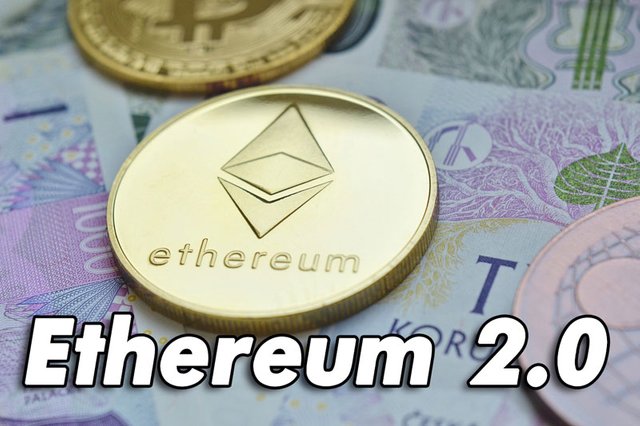
Image by Miloslav Hamřík from Pixabay
I've always liked this platform. And what better time to talk about it than now, who are about to implement their version 2.0 (Well in 2020). Everyone knows Ethereum as the second most important cryptocurrency.
But before we start talking about its innovations, let's start at the beginning.
What is Ethereum?

Ethereum is not really a cryptocurrency, it is itself a blockchain technology and its cryptocurrency is the Ether. I also thought its crypto was called Ethereum. But lately, the general public tends to call the cryptocurrency, Ethereum as well. Unlike the Bitcoin, both the cryptocurrency and its blockchain are called Bitcoin.
All this technology was born from the creation of Bitcoin, the first blockchain created. In November 2013, a Russian-Canadian boy named Vitaly Dmitriyevich "Vitalik" Buterin (Russian: Виталий Дмитриевич Бутерин; born January 31, 1994, 25 years! He's the guy from the picture, by the way) publishes the white Ethereum paper (a white paper is where you describe all the technical functioning of a project). Unlike Ethereum, the Bitcoin blockchain is oriented as a technology to transmit money from one point to another, it is a distributed accounting book that keeps track of its digital currency (the Bitcoin).
This boy began to devise a way to use Bitcoin technology, in such a way that it would function as the internet to web pages. How so? Well, normally every new project that wants to work with the blockchain technology must create its own blockchain, that is, it must design its own consensus method, its own cryptocurrency and all the technical things necessary to define it. Vitalik imagined that it would be better to create a blockchain as a general-purpose platform, allowing developers to focus on their applications, without worrying about the technicalities involved in creating a blockchain from scratch.
So, he created this general purpose blockchain, called Ethereum, which can be used as a platform for decentralized applications.
Thus, Ethereum can do the same as Bitcoin (send and receive money) and of course, many other things (sky's the limit).
In short, Ethereum is a platform or rather, a super-computer (made up of a set of computers or nodes connected to each other) capable of running programs through its own virtual machine called EVM (Ethereum Virtual Machine). These programs are called Smart Contract.

Image by Gerd Altmann from Pixabay
Smart contracts are created with a programming language called Solidity, similar to Javascript (for those who do not know the world of programming, Javascript is a very versatile and simple language used to make web pages.). There are other programming languages, but this one is the most used.
Through smart contracts, you can not only exchange money, goods, things of value but also do any type of operation you want. Once installed in the blockchain, these programs run automatically and without the possibility of being changed or modified. This is what gives Ethereum extraordinary capability and versatility.
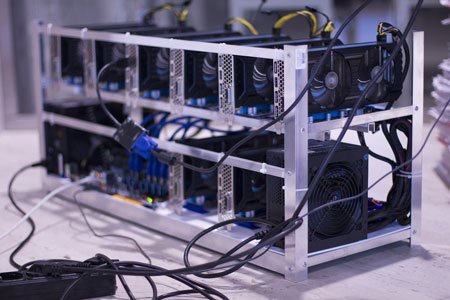
Miner
Image by Лечение Наркомании from Pixabay
Like Bitcoin, Ethereum is also mined, that is, there are some miners who are in charge of creating the blocks of information in this blockchain. But unlike the previous one, the miners win Ether instead of Bitcoin. Ethereum uses PoW as a consensus method, that is, computational power is required to mine Ether, like Bitcoin, it consumes a lot of resources mining this crypto (electricity, GPU, CPU).
However, one advantage that Ethereum has over Bitcoin is the number of transactions it performs per second. Ethereum performs 15 transactions per second, unlike Bitcoin which can only perform 7 transactions per second. It's a significant difference, but they are still far below Visa and MasterCard which perform thousands of transactions per second.
Another difference with Bitcoin is that Ethereum does not have a maximum amount of cryptocurrency to create. Bitcoin just will mine 21 million BTCs (a limit that is about to be reached). Ethereum imposes a limit per year of 18 million Ethers.
What's Ethereum for?

All right, we already know, in general, a little bit about what Ethereum is. But what is it for? Well, to make decentralized applications. The advantage of these applications is that they do not have a central point, which could make them vulnerable to connection problems, network failures or simply victims of attacks by malicious entities such as hackers.
The applications can be services such as money loans, leases, title registrations, curricula, gambling and betting, voting systems, identification systems, regulatory compliance and many other things where the intermediary can be replaced by an automated service.
Obviously, these applications enjoy the advantages of blockchain technology, i.e.: immutability, transparency, security, encryption, tamper-proof, etc.
Among some examples of applications that use Ethereum, I can mention: Uport, BlockApps, Provenance, Augur
One of the most common applications is the Decentralized Autonomous Organizations or DAO. In Ethereum it is possible to create a completely autonomous and decentralized organization without a single leader, based on a collection of smart contracts stored in the blockchain. In this way, an entity is created free from manipulation or intervention by third parties.
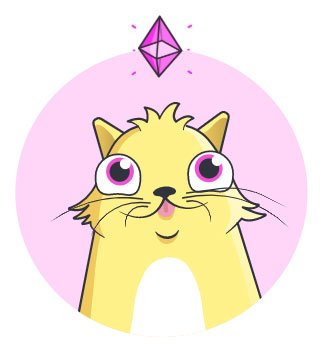
Ethereum is also used to create other cryptocurrencies, through its standard ERC20 and ERC721. The latter is used to create unique, collectible assets, an example of which are the famous kittens: CryptoKitties
Undoubtedly Ethereum, through its smart contracts, has converted to blockchain technology is a disruptive technology, totally innovative, which we just started to see its potential.
Not everything is rosy

There are many advantages that Ethereum offers, however, being a relatively developing technology, it still has many problems. One of them is scalability. As I mentioned earlier it is only capable of performing approximately 15 transactions per second, this results in a delay in the network when the use of applications grows.
Example of this was the same CryptoKitties mentioned before, there was so much demand from them that it generated such heavy traffic that created a terrible delay, almost paralyzing the transactions of the Ethereum blockchain.
Another very particular problem is the fact that once a smart contract is sent to the blockchain, there is no way to erase or correct it. Being created by humans, these programs tend to get code errors. Something very common that usually happens, however, this can cause very serious problems during its execution.
This was the case of a DAO application created in Ethereum, which was hacked in 2016. Due to an error in the smart contract code, a hacker was able to steal 50 million dollars from Ether. Even though the smart contract had the error and not the Ethereum blockchain, the Ethereum community voted to recover the stolen funds by executing what is known as hard fork or code change. This broke all the basic rules of immutability of the blockchain and divided the community. Thus was born Ethereum Classic (ETC), who were the ones who voted against changing the original blockchain code.
Ethereum 2.0


And finally we get to the point I wanted to get to, for those who have not yet left me, we will quickly see what is new for 2020.
Serenity (I've always liked that Seinfeld series and the expression Serenity now! It's very funny) will be the new name for Ethereum version 2.0, according to its creator, Vitalik Buterin.
One of the improvements on this new version will be Proof-of-Stake (PoS). Finally, a consensus method will be implemented that does not consume as much electricity and GPU-CPU resource (a relief for green people). Best of all, the number of transactions per second increases a lot more, supposedly a thousand times more. We'll see.
Obviously, this would eliminate the scalability problem. So it's the best news of all. These solutions are named Beacon and Casper (yes, like the friendly ghost).
Basically, they will create a link between the old blockchain (PoW) with the new version (PoS) that allows navigating the new and the old.
Naturally, a series of updates proposed by the developers of this network will be implemented to improve especially the scalability and security of the blockchain. Among these:
Sharding, in short, is a technique for dividing a large database into smaller, more manageable parts (network segmentation). This increases the speed of transactions, preventing an application from slowing down the network (what happened with CryptoKitties) and of course contributes to increasing the scalability of the blockchain.
eWASM, a new improvement of the Ethereum virtual machine that allows the code to run faster.
Plasma and Raiden are implementations similar to Lightening Network of Bitcoin, a kind of extra layer that allows handling massive amounts of transactions.
This is a good indication that we have Ethereum for a while longer.

Again, thank you so much for coming with me here.
Keep spreading the crypto love 


Project Hope Venezuela is an initiative created to grow.
You See more about it at:
Our previous posts:
- Artificial Intelligence to our rescue?
- Consensus algorithms: PoW & PoS
- How will the overwhelming discovery of extraterrestrial life affect our lives and beliefs?
- If homosexuality really were a disease and was removed with a vaccine, would homosexuals take it?
- Would you kill your best friend?
- SEC lists Ethereum as consumable currency!
- LTC is rising!
- FATF! A new sheriff in town?
- Wallets. How many do you have?
- Blockchain Life the number one event in the cryptographic community -
- Behavior and evolution of cryptocurrencies ten years after its creation / What to expect from them in the future?
- The "crypto-arepas" alternative in the middle of depressing situation.
- Robotic AI: "exoskeleton a modern miracle"..
- Resilience: key to overcoming adversity
- Discipline, implications and applications
- Monetization of networks and networks based on blockchain
- Effective leadership
- Mass control methods
- Emotional Intelligence
- What brought you to steemit? What keeps you here? How do you see yourself in the future?
- Why use cryptocurrencies?
- Letter to my love, Steemit
- IEO´s The New ICO´s
- Letter to my love, Steemit
- Feelings Disuse: Empathy
- Let's take Steemit to The Real World
- Steem Blockchain´s Economy: DEVALUATION
- Do We Have a Cryptobubble?
- Cryptographic ATMs in Latin America
- ETHICS
- The Emotions: The Fear
- Blockchain public and private
- A philosophy of life: What is you north?
- Believe in the Word
- Fiction Vs Reality a summary and comparison with Venezuela
- FaceBook dabbling in the cryptocurrency Libra (≋)
- Calibra.com the real protagonist.
- Known MakerDAO y DAI. Next July 11 Meetup Colombia

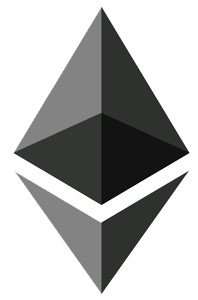
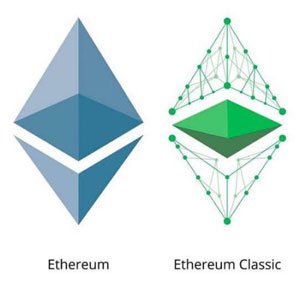
I loved this.
I particularly like this blockchain too.
Generally the transactions are executed very fast, but I have had experiences in which my transactions have taken "hours" to be carried out.
I imagine the stress that it must cause if you make a transaction of a few hundred ETH and that it does not run immediately, it must be distressing.
Thanks for this valuable article dear friend, @ jadams2k18.
Downvoting a post can decrease pending rewards and make it less visible. Common reasons:
Submit
Hello, my dear friend!
Put the blame on the cats. The slowness is the fault of the kittens. People bought a lot of cats and Ethereum was not ready to process so many transactions at the same time.
I'm glad you took the time to stop by
Downvoting a post can decrease pending rewards and make it less visible. Common reasons:
Submit